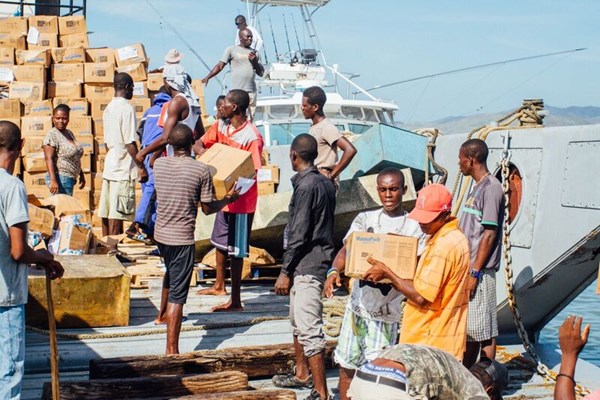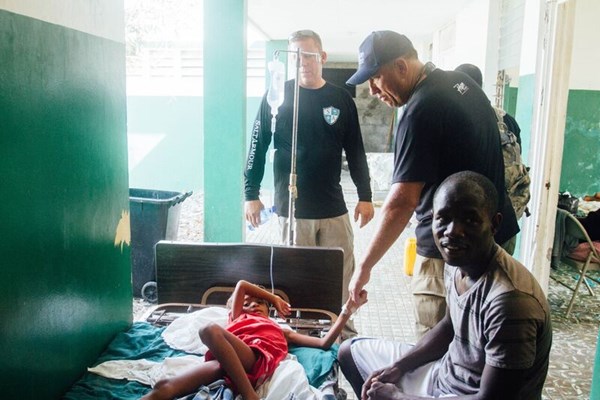AUSTIN, Texas, Oct. 11, 2016 (GLOBE NEWSWIRE) -- Mission of Hope Haiti has been on the ground bringing aid to the hardest hit areas along the coast of Haiti since Saturday. Through collaboration with their HaitiOne network, an alliance of over 500 indigenous partners, they continue to provide more aid via helicopters, barges, and a fleet of trucks. But despite their efforts and the work of many other NGO's, the organization is expressing concern over the threat of starvation and cholera for many who have survived the storm.
Many roads are still inaccessible, and there are men, women and children who have yet to be reached with aid. There are residents in these unreached areas who have been without food, water or shelter for a week now and are facing starvation. Mission of Hope (MOH) is working to organize air drops to these areas and will continue advancing with trucks as roads are cleared.
"The need is great and the situation is critical. Many lives are on the line," says MOH Vice President Annette Boorman.
Concerns over the spread of cholera are now a major concern as well. With water now contaminated, there is a spike in cholera cases, and without treatment, cholera can be fatal in a matter of hours. MOH aid workers believe the fatality numbers from cholera and starvation could greatly surpass the number of those killed in the storm.
"We are getting reports from the south that hundreds of people are suffering from cholera and there are many fatalities. It is much worse than we anticipated, and many of the clinics are ill-equipped to handle this crisis," says Barbara Campbell, MOH Director of Medical Operations.
Mission of Hope is already setting up cholera treatment centers in hard hit locations. They are working to secure water purification tablets and water filters to distribute as well.
The journey to relief and recovery for Haiti will be arduous. Reports show 90% of crops and chickens were destroyed in areas along the coast, leaving the potential for a food epidemic. But Mission of Hope says it is committed to a long-term plan of relief, recovery and sustainability in Haiti.
"The earthquake was bad, but it was centralized," says Brad Johnson, President of Mission of Hope, Haiti. "This is wide-spread, and there are areas along the coast that are completely decimated. This is going to be a long-term effort to rebuild, and we are here for the long haul."
About Mission of Hope: Mission of Hope feeds over 90,000 children daily, educates over 6,500 students, trains over 3,000 farmers, and provides medical care to over 30,000 patients a year.
To support relief efforts or find more information, visit www.mohhaiti.org/relief.
For media inquiries, contact Bridget Henderson at 512-963-2733.
Photos accompanying this release are available at:

